
The Lingxi 03 satellite is carried into space in July. (CHINA DAILY)
TL 2, which stands for Tianlong 2 or Sky Dragon 2, is 32.8 meters high, 3.35 meters wide and has a liftoff weight of 153 metric tons. Space Pioneer said the rocket can send satellites with a combined weight of 1.5 tons to a sun-synchronous orbit at an altitude of 500 km, or spacecraft weighing two tons to a low-Earth orbit.
In July, the ZQ 2, short for Zhuque 2 or Rosefinch 2, a rocket developed by LandSpace, succeeded in its second attempt to reach orbit, becoming the world's first methane-fueled rocket to complete an orbital mission.
Last month, the third flight of the ZQ 2, now the largest and most powerful private rocket in China, was successfully conducted.
The maiden ZQ 2 flight took place in December 2022 from the Jiuquan center. The rocket successfully crossed the Karman Line, the globally recognized boundary between the Earth's atmosphere and the edge of space, but malfunctioned on its second stage and failed to reach orbit. This was also the first attempt in the world to achieve orbit with a methane-fueled rocket.
The ZQ 2 is 49.5 meters high and has a diameter of 3.35 meters. With a liftoff weight of 219 tons, it can place a four-ton satellite into a typical sun-synchronous orbit about 500 km above the Earth, or a six-ton satellite into a low-Earth orbit at an altitude of 200 km.
The rocket's main propulsion system — the TQ 12 — is the first methane engine in China. Before LandSpace, only a handful of companies in the US had developed such engines.
Compared with traditional types of rocket engines that can function only once, a methane engine is reusable and more environmentally friendly.
Yang Yuguang, a senior space industry observer and vice-chair of the International Astronautical Federation's Space Transportation Committee, said methane engines are widely recognized as the most suitable propulsion system for reusable rockets.
Engineers worldwide had been working to develop reusable engines for many years, but it took a lot of money and time to perform maintenance on those engines used previously before they could be reused, Yang said.
"By contrast, methane engines promise the most convenient checks and maintenance for reuse, saving a considerable amount of time and money," he added.













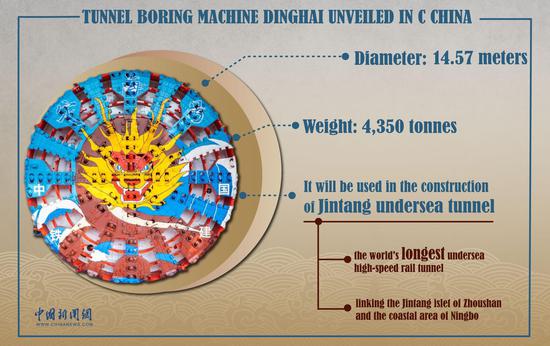
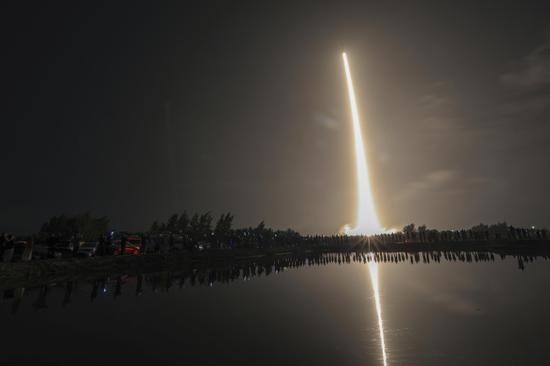




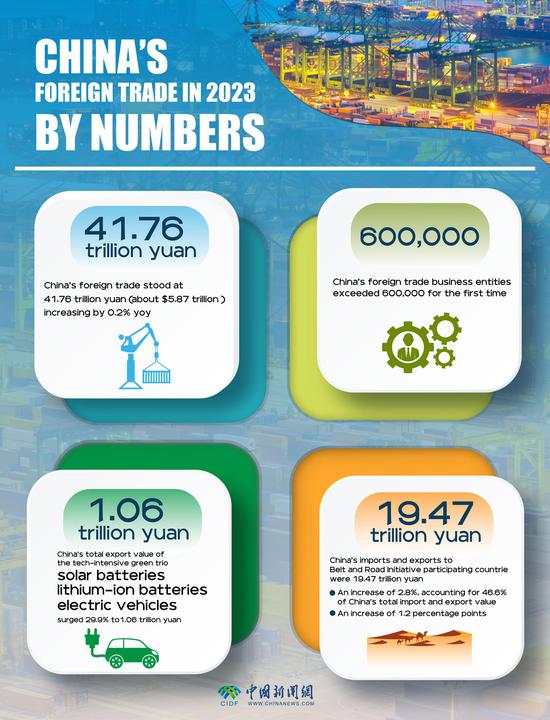










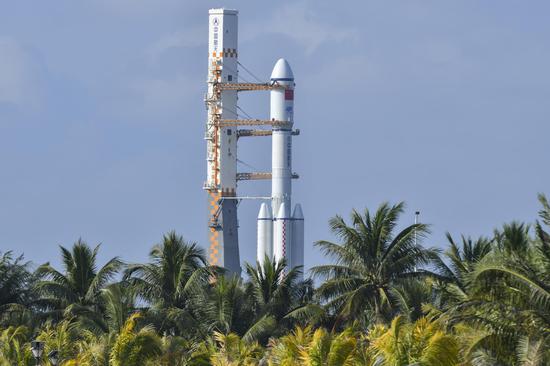

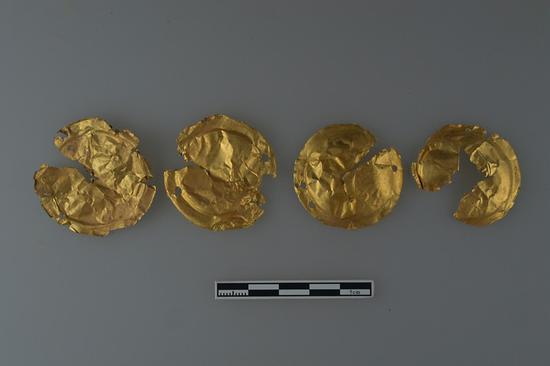



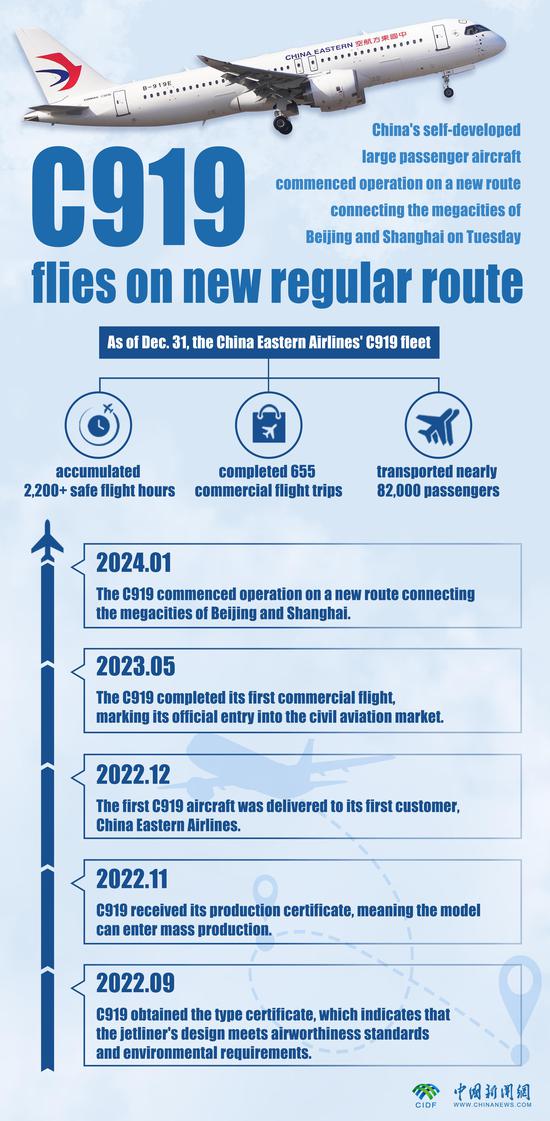
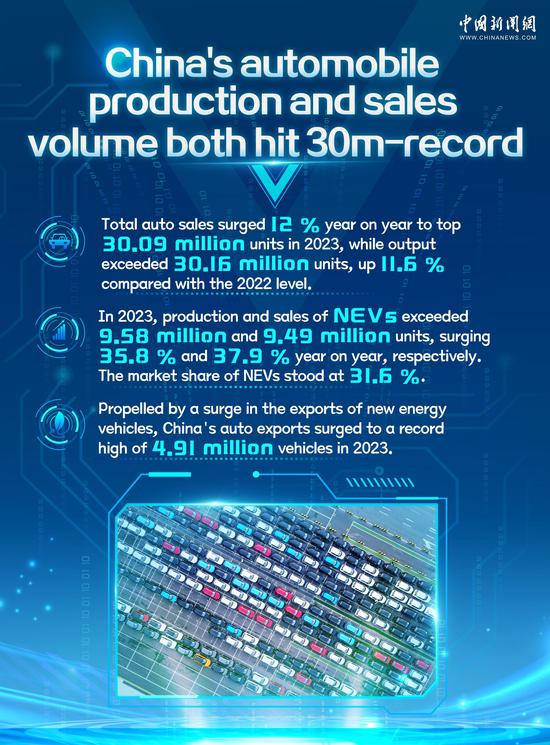




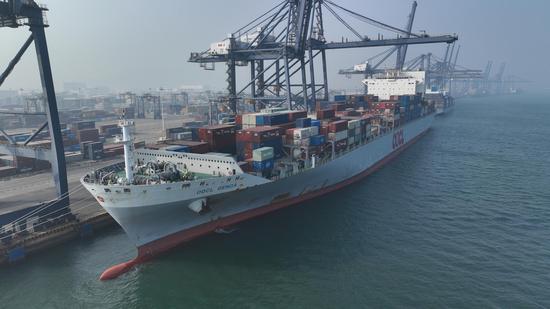







 京公网安备 11010202009201号
京公网安备 11010202009201号